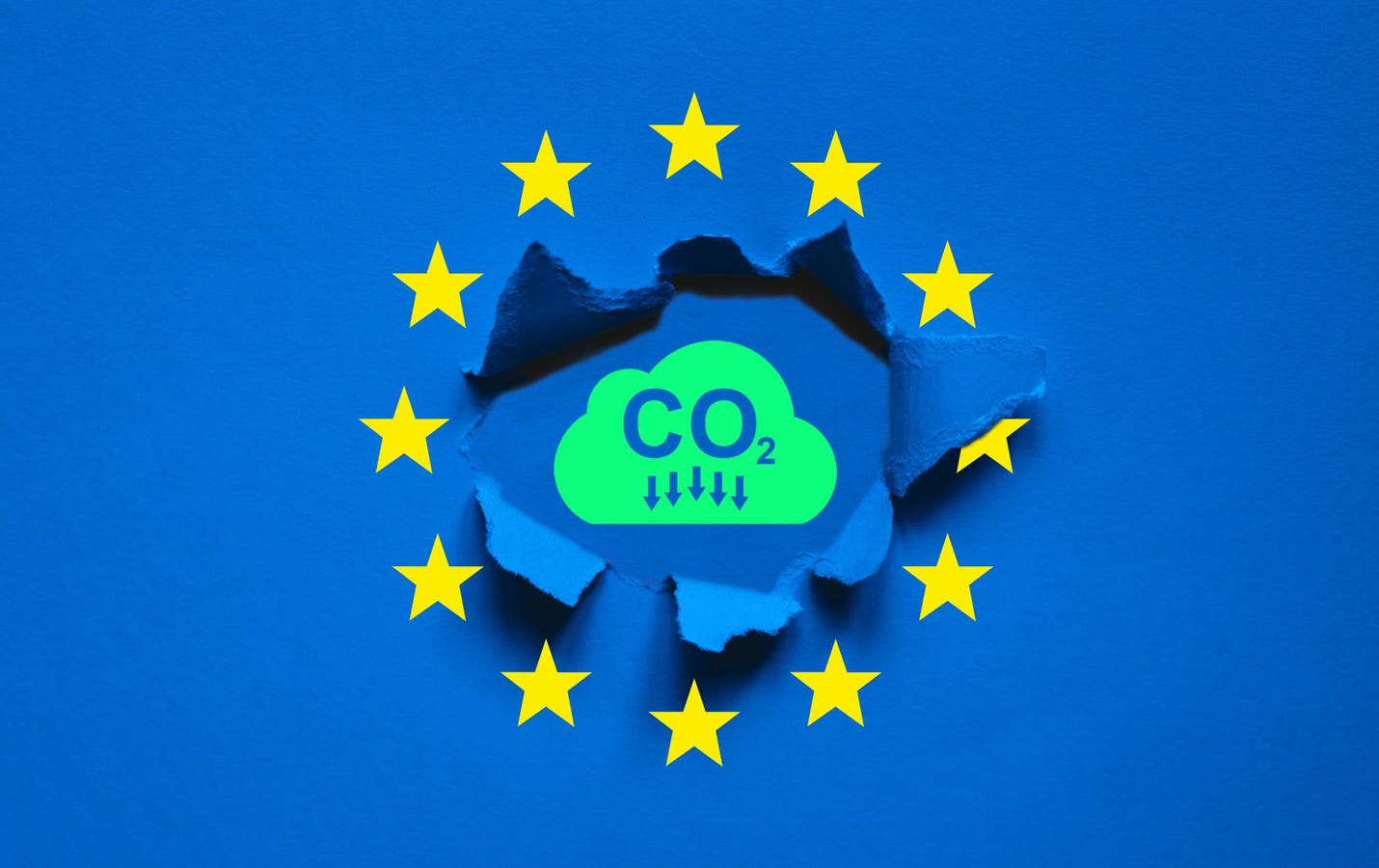Europe’s carmakers face bottom-line damaging penalties as early as next year as rules to outlaw new internal combustion engines (ICE) begin to bite years before the outright ban on their sale in 2035.
Next year in Britain at least 22% of manufacturers’ sales must be electric and for each ICE sale that breaches that quota a fine of £15,000 ($18,230) will be paid. If electric sales don’t improve in 2024, Ford and Toyota could face some of the biggest fines.
Britain has reversed its decision to bring forward the new ICE ban by 5 years, reinstating it to the European Union’s 2035 deadline. This prompted much apparent annoyance from manufacturers operating in Britain, who claimed this would damage preparations for zero carbon dioxide (CO2) emissions.
Given that the government-mandated steps towards 100% electric cars remained unchanged – 22% of all new sales must be electric next year, 25% in 2025, 80% by 2030 and 100% by 2035 – the consternation expressed by Ford UK and Britain’s Society of Motor Manufacturers and Traders (SMMT), seems over-the-top.
According to a report from market analysts Dataforce of Germany, these steps are likely to cause much difficulty, based on U.K. new car sales in the 12 months ended September 30, when battery electric vehicles (BEVs) won an 18% share. This means the industry faces a theoretical penalty of £2.4 billion (£2.9 billion) in 2024 if this ratio remained the same. There’s a £15,000 fine for every ICE vehicle sold over the limit.
“For example, if a (manufacturer sells) 10,000 cars, only 7,800 can come with (gasoline) diesel, or hybrid engines. Should the (manufacturer sell) 2,000 BEVs and 8,000 gasoline cars it will be charged a fine of 200 x £15,000 which equals £3 million ($3.7 million),” Dataforce said in a report.
According to Dataforce, if for example Ford, with a 2% U.K. BEV share and Toyota with 1%, don’t drastically improve in 2024, they will pay the biggest fines.
Dataforce analyst Benjamin Kibies said European governments have similar plans for their manufacturers, forcing them to raise sales of BEVs and penalize ICE ones.
“With the European CAFE (corporate average fuel economy) rules, average CO2 emissions must decrease by 55% by 2030. That would be around 52 g/km (grammes per kilometer) in WLTP (official fuel consumption) terms. Current gasoline cars emit a 139 g/km on average. Without consideration of other fuel types, a CO2-compliant sales mix would be roughly 60% BEVs and 40% gasoline cars. This sounds less stringent than the U.K., but these targets must also be reached in South and East Europe,” Kibies said in an email interview.
Under British rules, manufacturers can buy offsets from compliant ones. Dataforce calculated that without considering offsets, in the year ended September 30, fines of £2.4 billion would have been incurred.
“At the brand level, Ford and Toyota as two of the largest manufacturers in the U.K., would pay the highest fines, followed by Land Rover (now JLR), Nissan and (VW’s) Audi. While 100% BEV brands obviously do not pay fines, and can even generate additional revenue from selling allowances, there are also a couple of mixed BEV/ICE brands that already have sufficiently high electric shares, namely BMW, (SEAT’s) Cupra, Jaguar, Mercedes, (SAIC’s) MG and Porsche,” the report said.
Dataforce said the zero-emissions mandate in Britain looks like an effective way of increasing BEV sales. Financial incentives have helped boost corporate sales but private customers are still reluctant.
“High upfront costs, a doubling of electricity prices at charging stations and the cost-of-living crisis delayed the BEV uptake in the retail channel. In fact, private BEV registrations were down by 10% Jan-Sep 2023. If this trend is not reversed quickly manufacturers may be forced to retain ICE deliveries at the end of 2024. Depending on CO2-compliance for 2023, it can also be a valid strategy to hold back BEVs at the end of this year in order to push their share in 2024,” the report said.
In the interview Kibies said in the U.K. by 2028 BEV share will be 53% and achieving 80% by 2030 looks feasible but some manufacturers across Europe will struggle.
“The transformation will be painful, but I think if the European car industry does not go all-electric, it will cease to exist. By 2040 only the Porsches and Ferraris would be left. Everybody else will opt for an electric car and the Chinese manufacturers would be more than happy to build them,” Kibies said.
“Affordability is a problem already. Looking at recent price developments, a person with median income will have difficulties paying for a brand-new family car, independent of the car being electric or (gasoline). Additional costs to safeguard supply chains, trade frictions, emission standards and CO2 pricing will make this permanent.”
Doesn’t this underline the need for a cheap, entry-level electric car like China’s Wuling Bingo or BYD https://www.reuters.com/markets/companies/1211.HK/ Seagull?
“The BYD Seagull you mentioned, is marketed for around £9,000 ($10,950) in China and comes with enough range and good styling for an entry-level car. Even if the price doubles for European imports, it could still reach a larger percentage of buyers as the cars that are available today. And yes, BYD and other Chinese manufacturers will push into the European market. From a European manufacturer there is also the new Citroen e-C3 starting at €23,000 ($24,400) early in 2024,” Kibies said.
Read the full article here


